
Explore Puyo, Ecuador: A Hidden Amazon Gateway
Tucked into the lush Ecuadorian Amazon, Puyo, Ecuador, beckons adventurers with its jungle charm. With a population of about 33,557 (based on the 2010 census), Puyo spans roughly 9,800 square kilometers as part of Pastaza Canton. Located in the Amazon region of Ecuador, this bustling city serves as the capital of Pastaza Province. If “Puyo, Ecuador attractions” or “Amazon towns in Ecuador” pops up in your Google search, this hidden gem delivers. Let’s dive into what makes Puyo, Ecuador, so special..
Puyo, Ecuador: A Cultural Melting Pot
The culture in Puyo, Ecuador, gets shaped by seven indigenous groups. Kichwas, Shuar, Achuar, Shiwiar, Huaorani, Záparas, and Andoas call this jungle home. Their traditions—think shamanic rituals and vibrant crafts—get blended with mestizo influences. Spanish colonial roots peek through in the city’s layout too.
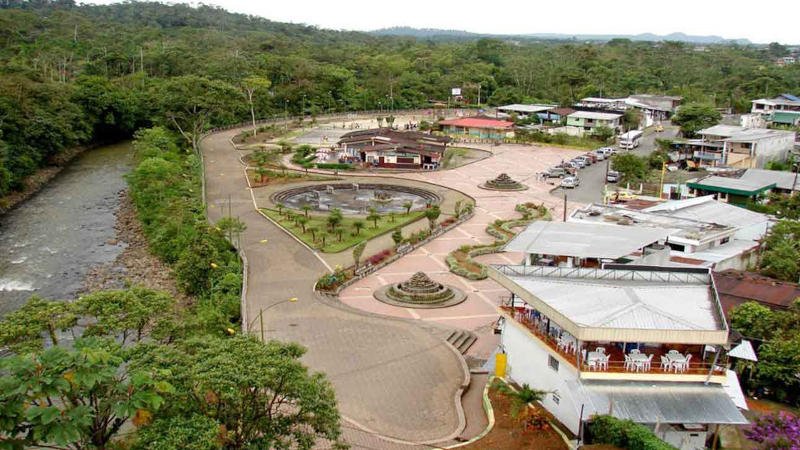
Family ties stay tight here. Respect for nature gets woven into daily life. Visitors often get greeted with warm smiles. So, Puyo’s culture feels rich, diverse, and deeply rooted in its Amazon setting.
Food in Puyo, Ecuador: Jungle Delights
Food in Puyo, Ecuador, bursts with Amazon flavors. Dishes like maito—fish or meat wrapped in bijao leaves and grilled—get served fresh. Tilapia and bocachico from local rivers star in meals. Yuca and plantains get boiled or fried as staples.
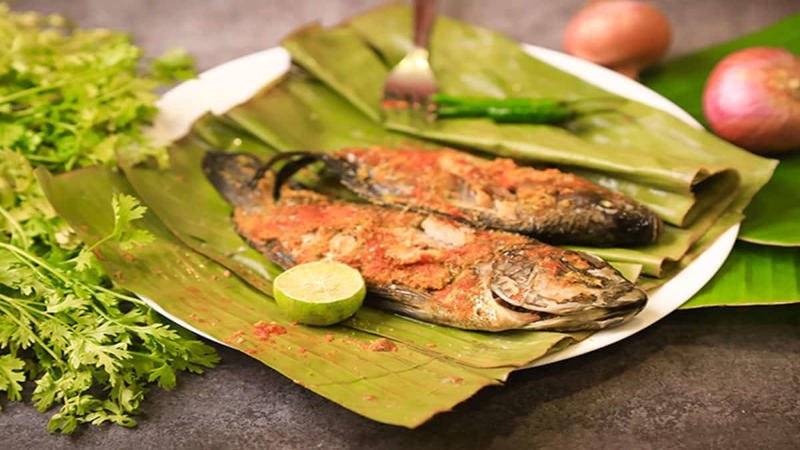
For the bold, chontacuro—grilled palm grubs—gets offered. Chicha, a fermented yuca drink, flows at gatherings. Guayusa tea, a local energizer, gets sipped daily. The jungle’s bounty keeps tastes vivid. Thus, dining in Puyo feels like a wild culinary adventure.

Music and Customs in Puyo
Music in Puyo, Ecuador, hums with jungle beats. Flutes and drums play Kichwa and Shuar tunes. Songs tell stories of the forest or ancient heroes. Dance gets kept simple, often tied to ceremonies.
Customs honor the land. Shamanic cleansings with herbs get practiced. The Puyo Carnaval in February explodes with water fights and parties. Community spirit shines through shared meals. Consequently, Puyo’s music and customs weave a lively, earthy vibe.
Economy and Industries in Puyo, Ecuador
The economy of Puyo, Ecuador, gets powered by a mix of natural wealth and its strategic Amazon location. Nestled in Pastaza Province, this city of about 33,557 (per the 2010 census) thrives as a gateway to the jungle. Here’s what keeps Puyo, Ecuador, humming:
- Ecotourism:
Tourism tops the list, with white-water rafting leading the charge. The Pastaza River nearby boasts Class III to IV rapids, pulling in adventurers from across the globe. Kayaking, jungle hikes, and visits to indigenous communities get offered too. Spots like the Omaere Ethnobotanical Park and YanaCocha Rescue Center draw nature lovers. Outfitters and lodges get busy, especially during peak seasons. So, ecotourism pumps serious cash into Puyo, making it a standout in the region. - Agriculture:
Farming holds strong as a core driver. Sugarcane, cassava (manioc), bananas, and cacao get grown in the lush, wet climate. These crops get sold locally and shipped out, supporting rural families. Livestock like cattle graze the edges, adding meat and dairy to the mix. The Amazon’s fertile soil keeps this sector steady, feeding both Puyo’s people and its trade. - Trade and Commerce:
Puyo buzzes as a commercial hub for the Oriente. Markets get packed with vendors selling crafts, jungle fruits, and daily goods. The city’s spot between Baños, Tena, and Macas gets leveraged for trade routes. As Pastaza’s capital, government offices and services get housed here too, sparking jobs and spending. Thus, commerce keeps the streets lively and wallets full. - Transportation and Logistics:
Roads linking Puyo to Ambato, Tena, and Macas get traveled heavily. Goods like farm produce and tourist gear get moved through this crossroads. A small airport in Shell, 10 kilometers away, gets used for regional flights and emergencies. Boats on the Puyo and Pastaza rivers still get paddled for local transport, a nod to old ways. Consequently, logistics ties Puyo’s economy together.
So, ecotourism—especially rafting—leads the pack, with agriculture, trade, and transportation rounding out the top drivers. Puyo, Ecuador, blends its jungle roots with a growing visitor appeal, keeping the economy vibrant and green.
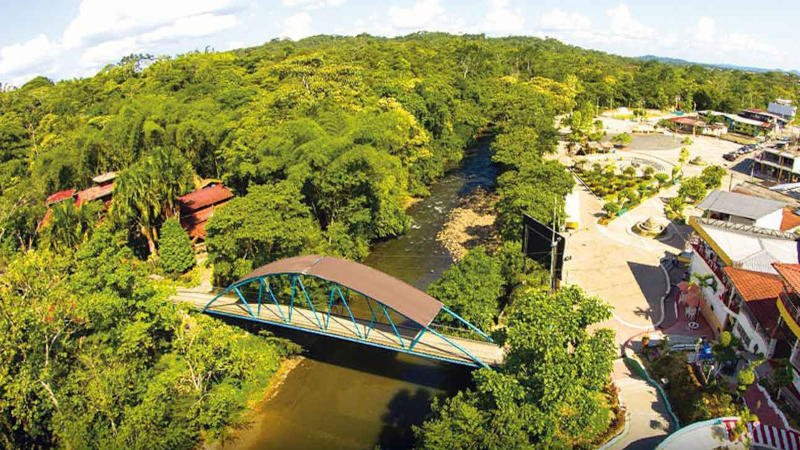
Sports Teams in Puyo
Sports in Puyo, Ecuador, center on football. Club Deportivo Pastaza stands as the local pride. Matches get played in regional leagues, drawing noisy fans. Soccer fields dot the outskirts for youth games. It’s not a sports mecca, but the passion runs deep. Therefore, catching a game in Puyo feels like a community cheer.
Distance from International Airports
Getting to Puyo, Ecuador, depends on your airport pick. Here’s the lineup:
- Mariscal Sucre International Airport (UIO) in Quito: 213 kilometers southeast. The drive takes about 4-5 hours.
- José Joaquín de Olmedo International Airport (GYE) in Guayaquil: 353 kilometers northeast. Expect a 6-7-hour trip by car.
- Eloy Alfaro International Airport (MEC) in Manta: Around 370 kilometers northeast. This one’s roughly 7-8 hours away.
These distances keep Puyo off the beaten path but doable. Quito’s the quickest shot!
Public Transport in Puyo, Ecuador
Public transport in Puyo, Ecuador, gets kept practical. Buses roll from Quito’s Quitumbe terminal to Puyo’s two stations—Terrestre and Centinela. Tickets stay cheap, though seats fill fast. Runs get scheduled hourly, especially mornings.
Taxis zip around town. Fares hover at $1-2 for short rides. Walking works in the small downtown. Tour vans handle jungle outings. Plus, boats on the Puyo River still get used locally. Overall, moving in Puyo feels easy and wallet-friendly.eels gritty and practical.
Top Tourist Attractions in Puyo, Ecuador
Puyo, Ecuador, shines as an Amazon adventure hub. The Parque Etnobotánico Omaere gets visited for its jungle plant tours. Guided walks reveal medicinal flora over an hour or two. The YanaCocha Rescue Center sits nearby, housing monkeys and jaguars.
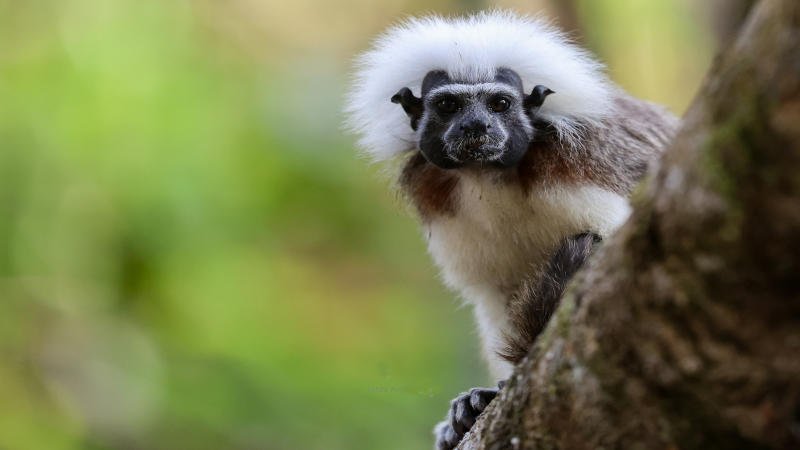
Rafting on the Pastaza River rules supreme. Class III to IV rapids thrill paddlers through jungle canyons. Markets get browsed for Kichwa crafts and fresh eats. The vibe stays chill, perfect for relaxing. Thus, Puyo’s attractions mix nature and excitement seamlessly.
Attractions Within an Hour’s Drive from Puyo
Venture outside Puyo, Ecuador, and gems pop up within an hour. Here’s what’s close:
- Baños (60 minutes): Hot springs and waterfalls beckon. The Pailón del Diablo stuns.
- Shell (20 minutes): A small airport sits here. Jungle views line the road.
- Hola Vida Waterfall (45 minutes): A hidden cascade gets reached by hike. Swimming’s a bonus.
- Fatima Lagoon (30 minutes): A serene spot for kayaking. Birds chirp overhead.
- Indichuris Viewpoint (50 minutes): Panoramic jungle vistas get soaked in.
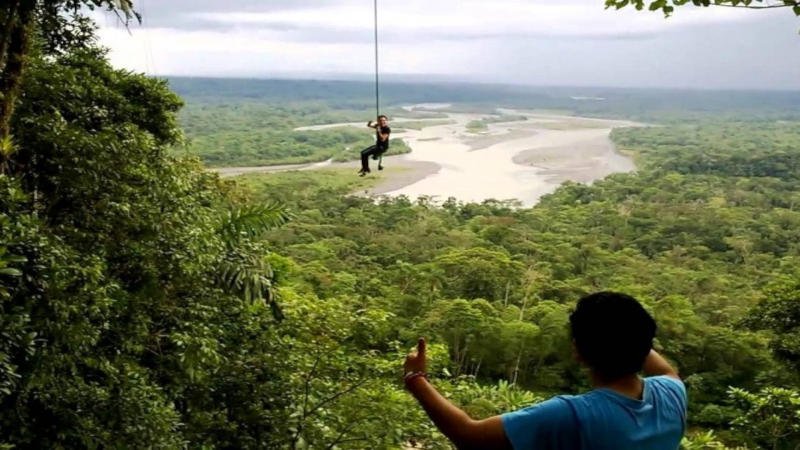
These spots blend thrill and calm. Whether you seek rapids or quiet, Puyo’s surroundings deliver.
Why Visit Puyo, Ecuador?
Puyo, Ecuador, lures as an off-the-beaten-path Amazon gateway. Its 33,557 residents fill 9,800 square kilometers with jungle life, all in Pastaza Province. Indigenous culture pops in food, music, and rituals. Maito and chicha tempt your taste buds.
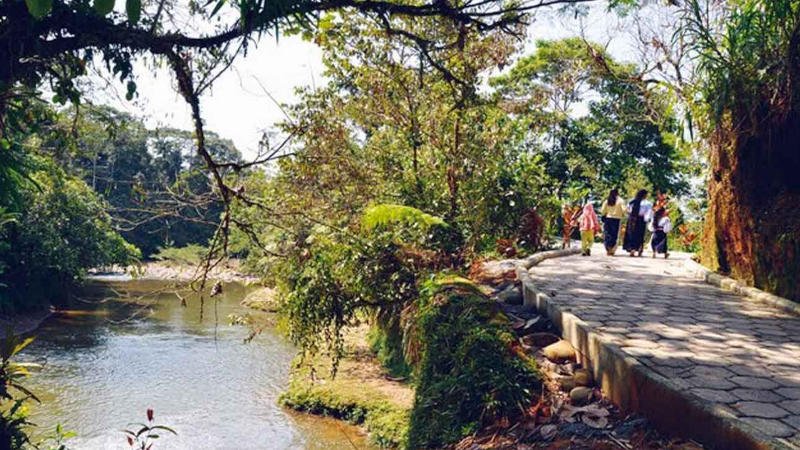
Rafting and farming drive the economy, with soccer uniting locals. Buses and boats keep it connected, while parks and rapids top the tourist list. Nearby, Baños and waterfalls wait within an hour. So, if “Puyo, Ecuador rafting” or “Amazon escapes” sparks your interest, this town calls. Pack up and explore—it’s a jungle gem worth finding!





